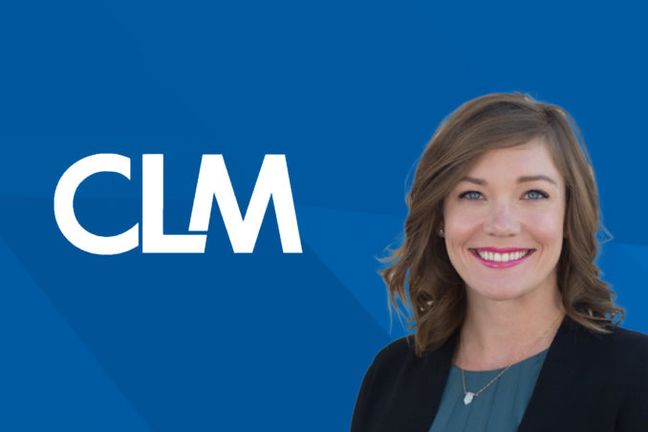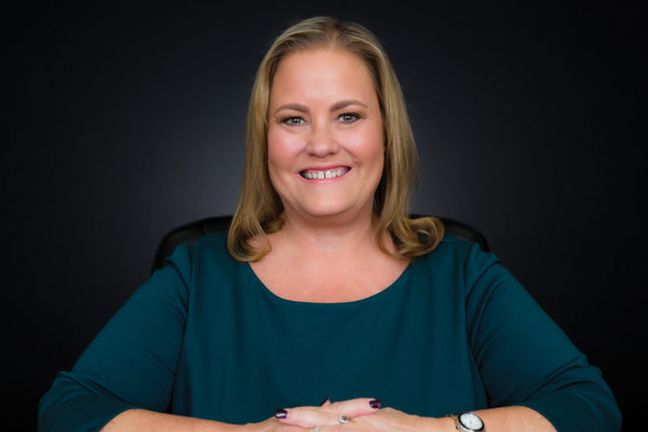When an attorney makes a mistake, the laymen client will often be unaware until long after the mistake occurred. When discovery of the mistake is significantly delayed, can the client still pursue their attorney for recovery? If the client is still allowed to sue, what type of injury must he or she show? Finally, if the client fails to sue because he is ignorant of his rights, will the statute of limitations be tolled accordingly? These are important considerations when evaluating potential statute of limitations defenses.
Statute of Limitations, In General
An action against an attorney for wrongful act or omission (other than fraud) arising in performance of professional services must be commenced: 1) within one year after plaintiff discovers (or through the use of reasonable diligence should have discovered) the facts constituting the wrongful act or omission, or 2) four years from the wrongful act or omission (whichever comes first). (C.C.P. § 340.6).
“Actual Injury”
The client must suffer “actual injury” to trigger the running of the one-year statute of limitations. “Actual injury” occurs when the plaintiff has sustained any damages compensable in an action (other than for the actual fraud) against an attorney for wrongful act or omission arising in the performance of professional services. (Fritz v. Ehrman (2006) 136 Cal.App.4th 1374, 1383 citing to Jordache Enterprises v. Brobeck (1998) 18 Cal.4th 739.) While legally cognizable damage necessary to assert a cause of action must occur, there is no requirement an adjudication or settlement must first confirm a causal nexus between the attorney’s error and the asserted injury. (Jordache supra, at p. 752.)
The Supreme court was clear in Jordache that the determination of when attorney error has caused actual injury under C.C.P. § 340.6 does not depend on “bright line” rules, but rather the facts of each case must be examined in light of the wrongful act or omission alleged. (Id. at 764.) Where the material facts are undisputed, however, the trial court can resolve the question as a matter of law. (Id.) Notably, however, the California Supreme Court describes determination of when a client suffered actual injury as “predominately a factual issue.” (Id. at 751.) This language can prove a substantial hurdle for attorney’s seeking summary judgment based on “actual injury” disputes.
Although the statute of limitations commences when the client actually or constructively discovers the facts of the wrongful act or omission, it is tolled until the client sustains actual injury. (C.C.P. § 340.6(a)(1) and Jordache supra, at 1071.) In other words, the statute of limitations will not run during the time the client cannot bring a cause of action for damages from professional negligence. Once the client sustains actual injury as a result of the attorney’s conduct, however, neither difficulty in proving damages, nor uncertainty as to their amount tolls the limitations period for a legal malpractice claim. (Id.)
Discovery of Acts
The one year-limitations period for attorney malpractice is triggered by the discovery of facts constituting the wrongful act or omission, not by discovery such facts constitute professional negligence. In other words, the client’s ignorance of his legal remedy or the legal theories underlying the cause of action is irrelevant. (Peregrine Funding v. Sheppard Mullin (2005) 133 Cal.App.4th 658.)
The “discovery of facts” requirement often offers the best vehicle to attack advance a statute of limitations defense. Plaintiffs often try to place the date of discovery near the date the plaintiff actually files suit against the defendant attorney. They often argue they did not discover their claim until consulting with an attorney themselves, so the date of consultation is the date the statute of limitations accrues. This is not correct.
Rather, the statute of limitations accrues the moment the plaintiff becomes aware of facts constituting the alleged wrongdoing. (Peregrine Funding, supra.) If plaintiff fails to recognize the underlying facts as a basis for a potential malpractice claim, it is of no consequence – the clock starts to tick regardless of the plaintiff’s lack of understanding. If the defendant can show plaintiff was aware of the facts constituting their claim more than a year before filing suit, summary judgment should be granted. (Id.)
Conclusion
A former client has one year to sue his or her attorney for malpractice. The one-year statute will not begin to run until the client discovers the facts supporting their underlying malpractice claim. If the client is aware of the facts underlying their claim, but does not know they are entitled to legal remedy, this will NOT toll the statute of limitations.
So what is the take-home message? When deposing the plaintiff in an attorney malpractice matter, be sure to develop the facts constituting the defendant’s wrongdoing. Most importantly, tie the underlying facts to a clear timeline of discovery by plaintiff. This way the defense preserves a statute of limitations defense potentially resulting in early dismissal.

 Author: Jacob Felderman
Author: Jacob Felderman
 Cayce Lynch Weighs In: What Technology Solutions Are Effective When Handling Catastrophes?
Cayce Lynch Weighs In: What Technology Solutions Are Effective When Handling Catastrophes?
 Asian American & Pacific Islander Heritage Month Spotlight: Sitar Bhatt
Asian American & Pacific Islander Heritage Month Spotlight: Sitar Bhatt
 Women’s History Month Spotlight: Lynn Allen
Women’s History Month Spotlight: Lynn Allen
 Women’s History Month Spotlight: Kristi Blackwell
Women’s History Month Spotlight: Kristi Blackwell
 Women’s History Month Spotlight: Brooke Park
Women’s History Month Spotlight: Brooke Park
 Black History Month Spotlight: Chris Campbell
Black History Month Spotlight: Chris Campbell
 Are Security Deposits “Property” in Washington?
Are Security Deposits “Property” in Washington?
 How Tyson & Mendes Builds a Powerful Team With a Healthy Work-Life Integration
How Tyson & Mendes Builds a Powerful Team With a Healthy Work-Life Integration
 Our Unique Benefits Package Enables Our Attorneys to Thrive
Our Unique Benefits Package Enables Our Attorneys to Thrive
 Dram Shop Wrongful Death Damage: Which Damages Cap Prevails?
Dram Shop Wrongful Death Damage: Which Damages Cap Prevails?
 An Overview of Common Personal Injury Damages in Colorado
An Overview of Common Personal Injury Damages in Colorado
 When is a Leaky Roof No Longer the Roofer’s Problem? Application of Colorado’s Construction Defect Statute of Repose
When is a Leaky Roof No Longer the Roofer’s Problem? Application of Colorado’s Construction Defect Statute of Repose
 DOES UNINSURED MOTORIST COVERAGE ENCOURAGE ASSAULT?
DOES UNINSURED MOTORIST COVERAGE ENCOURAGE ASSAULT?
 DEFENDING A SELF-EMPLOYED PLAINTIFF’S LOST INCOME CLAIM: ARE PERSONAL TAX RETURNS DISCOVERABLE IN CALIFORNIA?
DEFENDING A SELF-EMPLOYED PLAINTIFF’S LOST INCOME CLAIM: ARE PERSONAL TAX RETURNS DISCOVERABLE IN CALIFORNIA?
 Can an Employer Be Held Liable for an Off-Duty Employee’s Tortious Conduct?
Can an Employer Be Held Liable for an Off-Duty Employee’s Tortious Conduct?
 When is a Landowner Liable for a Sidewalk-Related Injury?
When is a Landowner Liable for a Sidewalk-Related Injury?
 Can California Taxpayers Recover Interest Via Negligent Tax Preparation Claim?
Can California Taxpayers Recover Interest Via Negligent Tax Preparation Claim?
 CAN SURGICAL DEVICE PERSONAL INJURY PLAINTIFFS AVOID FEDERAL PREEMPTION BY MAKING A FALSE ADVERTISING CLAIM?
CAN SURGICAL DEVICE PERSONAL INJURY PLAINTIFFS AVOID FEDERAL PREEMPTION BY MAKING A FALSE ADVERTISING CLAIM?